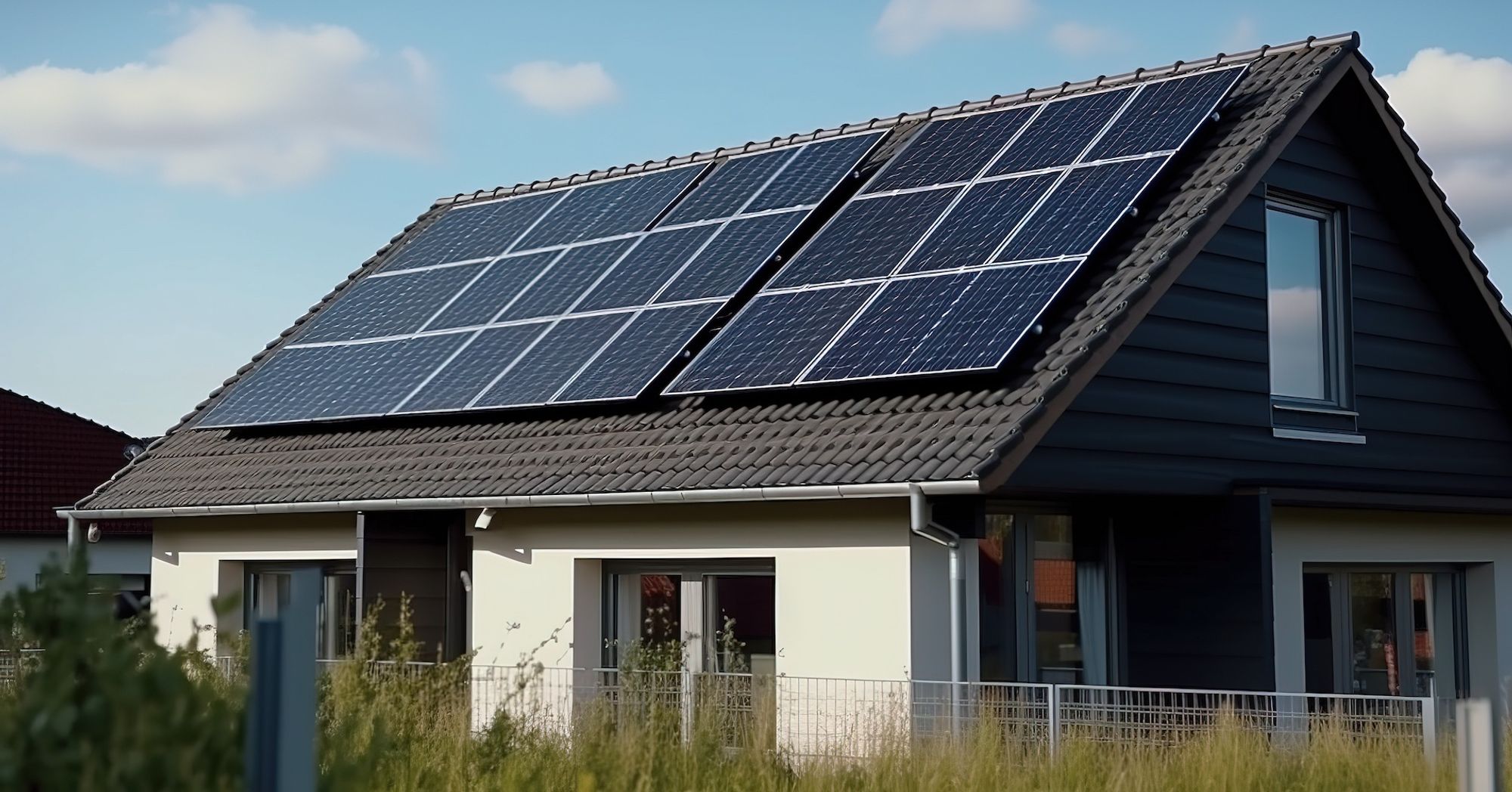Fri Apr 12 2024
Harnessing Property System Information and Utility Usage for Enhanced Energy Efficiency in Homes
A small headline that needs to be added to the schema

In the ongoing quest for sustainability and cost-effectiveness, homeowners are increasingly turning to innovative solutions to make their homes more energy-efficient. With the advent of advanced technology and data analytics, there exists a wealth of information that can be leveraged to provide insights and recommendations tailored to individual properties. By combining property system information with utility usage data, homeowners can gain valuable insights into their energy consumption patterns and discover actionable strategies to enhance efficiency while reducing environmental impact and utility costs.
Understanding Property System Information
Property system information encompasses a wide range of data related to the structural and operational aspects of a home. This includes details such as the building materials used, insulation levels, heating, ventilation, and air conditioning (HVAC) systems, as well as the age and condition of various components. This information provides a comprehensive overview of the home's energy performance and identifies areas where improvements can be made.
Modern technologies such as smart home devices and building management systems (BMS) offer real-time monitoring and control of energy-consuming devices and systems. These systems can track factors like indoor temperature, humidity levels, and energy usage, providing homeowners with precise insights into their home's energy dynamics.
Analyzing Utility Usage Data
Utility usage data, including electricity, gas, and water consumption, is a treasure trove of information for understanding how energy is utilized within a home. By analyzing historical usage patterns, homeowners can identify trends, peak consumption periods, and potential areas of inefficiency.
Advanced analytics tools can disaggregate utility usage data, breaking it down by appliance or system to pinpoint energy-intensive activities. For example, they can identify the energy consumption associated with heating and cooling, lighting, appliances, and electronics. This granular level of insight allows homeowners to prioritize energy-saving measures based on the biggest contributors to their utility bills.
Insights and Recommendations
By combining property system information with utility usage data, homeowners can unlock a multitude of insights and recommendations to improve energy efficiency:
- Identifying Energy Inefficiencies: Analyzing property system information can reveal inefficiencies such as poor insulation, outdated HVAC systems, or inefficient appliances. Coupled with utility usage data, homeowners can quantify the impact of these inefficiencies on energy consumption and prioritize upgrades accordingly.
- Optimizing HVAC Systems: Understanding how heating and cooling systems operate in conjunction with property characteristics enables homeowners to optimize temperature settings, implement zoning strategies, and schedule HVAC usage for maximum efficiency.
- Behavioral Insights: Utility usage data can shed light on behavioral patterns that contribute to energy waste, such as leaving lights on unnecessarily, running appliances during peak hours, or overusing hot water. Armed with this information, homeowners can adopt simple behavioral changes to reduce energy consumption.
- Investing in Energy-Efficient Appliances: Data-driven insights can guide homeowners in selecting energy-efficient appliances and devices, which can significantly reduce electricity consumption over time. Additionally, utility usage data can help quantify the potential savings associated with appliance upgrades, facilitating informed investment decisions.
- Renewable Energy Integration: For homeowners considering renewable energy solutions such as solar panels or wind turbines, property system information can assess the feasibility of these installations based on factors like roof orientation, shading, and local climate conditions. Utility usage data can estimate the potential energy generation and financial benefits of renewable energy investments.
The Homeprint solution
Homeprint is revolutionizing the way homeowners optimize their energy usage by leveraging property data to deliver tailored recommendations. Through comprehensive analysis of property system information, including structural details and operational characteristics, Homeprint gains a deep understanding of each home's energy dynamics. By combining this information with utility usage data, gathered through smart metering and advanced analytics, Homeprint identifies inefficiencies and provides actionable insights for improvement. Whether it's upgrading HVAC systems, optimizing appliance usage, or integrating renewable energy solutions, Homeprint's data-driven approach ensures that homeowners can make informed decisions to enhance energy efficiency and reduce costs effectively. With Homeprint, sustainability and savings go hand in hand, empowering homeowners to create more environmentally friendly and economically sound homes.
Final thoughts
In the quest for energy efficiency, harnessing the power of property system information and utility usage data provides homeowners with invaluable insights and recommendations tailored to their specific circumstances. By leveraging advanced analytics and technology, homeowners can identify energy inefficiencies, optimize resource utilization, and make informed decisions to create more sustainable and cost-effective homes. Ultimately, the integration of data-driven strategies empowers homeowners to reduce their environmental footprint while enjoying enhanced comfort and savings for years to come.
